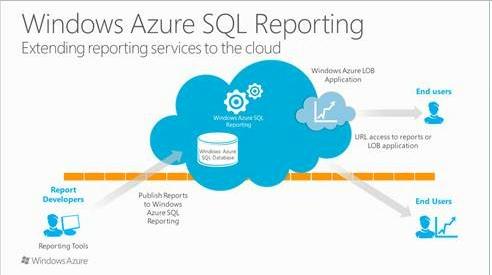SQL Reporting for Microsoft's Windows Azure cloud goes live

Microsoft's announcement of its Windows Azure spring update included a lot of moving parts. One that didn't get as much attention as it deserved was the the general availability of reporting services for the Azure cloud.

With the new service, developers can use the Business Intelligence Development Studio and SQL Server Data Tools to author reports, the same way they can with SQL Server Reporting Services on Windows Server. Users can export reports to file formats including Excel, Word, HTML, PDF, XML, and CSV, according to a June 12 post on the Microsoft BI blog.
Until August 1, the new reporting service is available for free; after that, it will be .88 per hour per reporting instance."SQL Reporting on Azure offers a fully backed SLA (Service Level Agreement) and enables you to publish reports to the cloud or embed reports directly within on-premises applications that can be accessed via your browser, mobile devices or desktops," the blog post noted.
Microsoft announced plans for SQL Azure Reporting Services in the fall of 2010. The service has been available to testers since then, but didn't reach the general availability milestone until last week.
Other new Windows Azure features announced last week included the availability of a preview of a new, persistent virtual machine in which customers can run Linux, SQL Server and SharePoint Server; and a preview of Windows Azure Web Sites (codename "Antares"), which allows simpler hosting of Web sites and Web-app components. Microsoft Corporate Vice President Scott Guthrie said during his TechEd keynote this week to expect these capabilities to "be shipping this summer."
Microsoft officials made it clear this week at TechEd that Microsoft is taking a cloud-first approach with Windows Azure, meaning new back-end services and features are likely to debut first in Windows Azure and then, later, on Windows Server (in the cases where those features make sense for server).
Server & Tools President Satya Nadella said during a TechEd press conference this week that he'd be "open for Oracle and its workloads to run on Windows Azure. Oracle unveiled its public cloud strategy last week, though company officials weren't very clear about which parts of its cloud are available currently and which are not.